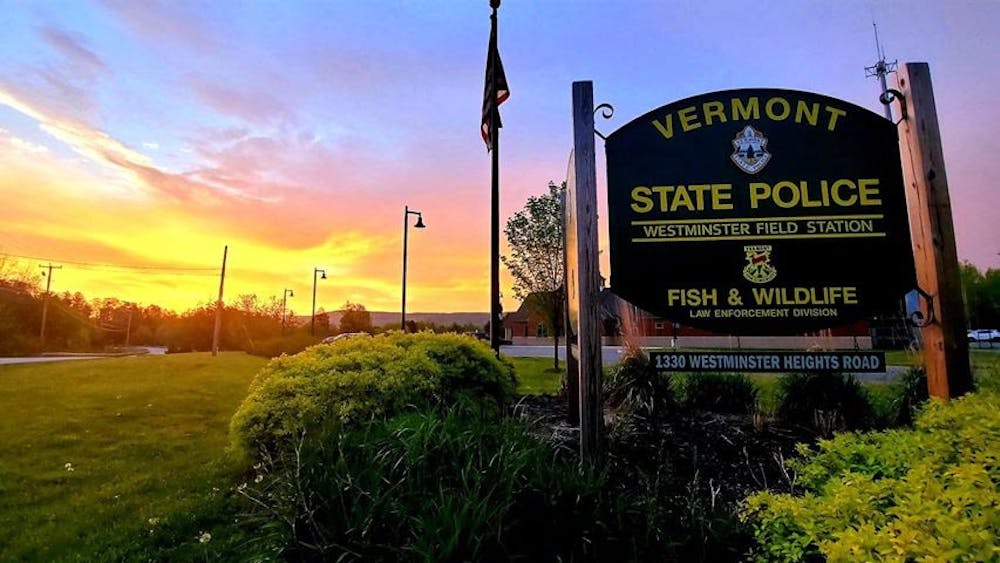Members of the Vermont State Police (VSP) and Department of Public Safety Commissioner Michael Schirling publicly condemned the actions of police officers in Minneapolis that led to the death of George Floyd in a press release published Friday. Director of the Vermont State Police Col. Matthew T. Birmingham, described the police conduct he had seen on video as “beyond disturbing.”
“This kind of conduct has no place in policing,” Birmingham said. “It goes against everything we are taught from our earliest days in training academies. It goes against our mission to protect and serve the public. It goes against our oath and our badge. It goes against human decency.”
The members of the state police sent “their deepest condolences to the family, loved ones and friends of George Floyd and to people everywhere who are aggrieved by his death.”
The press release reiterated the state police’s commitment to “fair and impartial policing,” including de-escalation training, building relationships of trust with communities of color and marginalized communities, as well as diversifying the police workforce.
VSP is in the process of reviewing its policies and training procedures regarding use of force so that the agency is “in line with best practices and account[s] for the safety and well-being of the public and of the police,” the press release read.
Policy assessment has been ongoing for the past two to three years, and members of VSP are continuously examining tools officers currently use and coming up with non-lethal alternatives, said Captain Garry Scott, Director of Fair and Impartial Policing and Community Affairs.
The Fair and Impartial Policing Committee was established in 2009 to bring together community members to discuss issues such as addressing bias in policing and building trust within communities of colors — and to advise VSP.
In 2015, VSP hired Northeastern University and University of Vermont to analyze five years’ worth of traffic stop data. VSP began collecting traffic stop data in 2008 and formalized the process in 2010. Vermont was one of the first states to do so voluntarily, Scott said.
Scott said the data showed that the agency “hadn’t trained [its] members properly.” So, Scott’s position was created to improve cultural awareness, bias training, diversification efforts and relationships with communities of color. He believes VSP is the only state police agency in the country with his position.
Today, supervisors monitor uses of force, high-speed pursuits and civilian complaints in real time to ensure accountability. VSP has also embedded mental health workers at two barracks, and Scott hopes to continue this program at more locations across the state.
Other efforts include recruiting people of color by sending recruiters out of state to predominantly black universities along the East Coast and hiring employees who understand VSP’s fair and impartial policing mission. VSP also conducts annual implicit and explicit bias training for all members and offers lunchtime discussions for troopers. Peer learning has been especially effective, according to Scott.
Scott meets regularly with the Pride Center of Vermont, NAACP in Rutland and Windham County, LGBTQIA Alliance of Vermont, Vermont Partnership for Fairness and Diversity and the Sudanese Foundation of Vermont to build trust and mutual understanding.
VSP also works closely with the Vermont Human Rights Commission and Vermont Legal Aid. Scott explained that the agency refers reports of bias to the organization that “we recognize as being racial but that don’t rise to a criminal level or require police response.”
“We made a very conscious decision at the highest level to make a full commitment to this by listening to our community,” Scott said, and added that agencies around the country have contacted VSP to model their approaches after Vermont.
More information on Vermont State Police’s policies on their website.
Vermont State Police condemn police brutality in death of George Floyd

Comments



